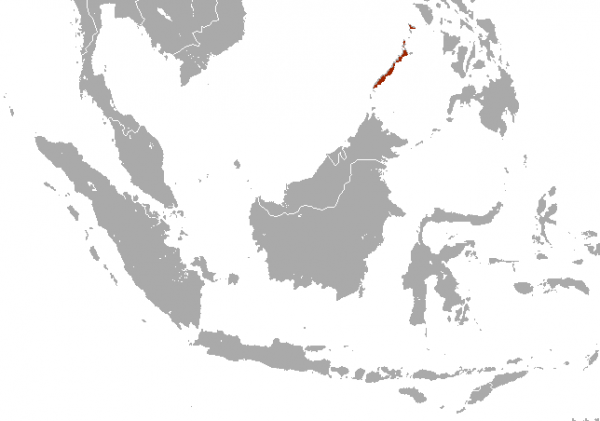Facts About Palawan stink badger
The Palawan stink badger, locally known as the pantot, is a captivating carnivorous mammal native to the western Philippines, particularly Palawan Island. Initially believed to be related to badgers, recent genetic studies have ascertained that they are, in fact, members of the skunk family.
Approximately the size of skunks or small badgers, these nocturnal creatures are notable for their distinctive ability to spray a foul-smelling secretion from specialized glands near their tails, a defense mechanism against predators and hunters. Their physique, resembling that of badgers, is adept at digging for invertebrates in open areas adjacent to brush patches.
In terms of size, Palawan stink badgers are smaller than true badgers but rank among the larger skunks. They measure between 32 to 46 cm (about 12.6 to 18 inches) in length and weigh between 0.85 to 2.5 kg (1.9 to 5.5 pounds). Their fur ranges from dark brown to black with occasional white hairs, yet they lack the characteristic white stripes seen in many skunk species.
These stink badgers inhabit Palawan, Busuanga, and Calauit islands, favoring grasslands and cultivated areas, often seeking refuge in shrubs. They emerge at night to forage for invertebrates such as crabs and insects, which they excavate from the ground using their claws.
Territorial by nature, Palawan stink badgers mark their domains with scent. They are not swift movers and generally exhibit a non-aggressive demeanor. Nevertheless, they can project a pungent liquid up to a meter away for self-defense. This odor is so intense it can be detected from a mile away! Consequently, local farmers do not favor them as prey due to this unique and potent defense mechanism.
